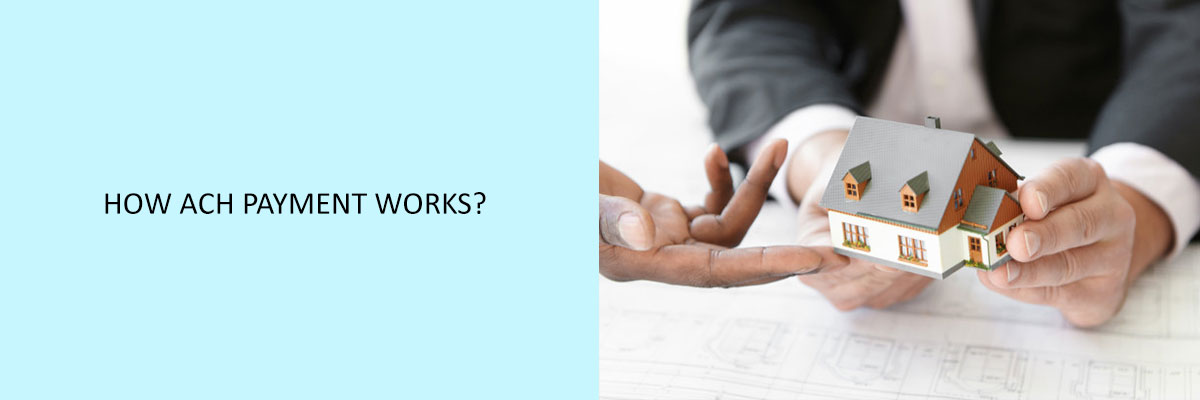ACH payments are automated electronic payments that pass through the ACH (Automated Clearing House) Network. It is created when the client provides an originating organization, corporation, or another originator permission to debit directly from the saving or checking account of the customer for bill payment. In ACH payments, with the assistance of a centralized system, the capitals get transferred from one bank account to the other. The centralized system regulates funds to the final destination. These are computerized payments and provide advantages to both merchants and customers. Payments are low-priced that is why they can be mechanized, and recordkeeping is usually easier and accessible with electronic payments.
A lot of people use the ACH payments, but they might not be very accustomed to the technical jargon used. When companies pay wages by direct deposit or customers give bills electronically, the ACH network is usually accountable for these kinds of payments. In 2018, consumers and organizations have produced over 23 billion ACH payments, according to Nacha (National Automated Clearing House Association), the Electronic Payments Association that regulates the ACH network.
Benefits of ACH Payments
Electronic ACH payments are popular for a lot of reasons like:
- As the ACH payments are electronic, they use fewer sources than conventional paper checks. In the ACH payments, there is no requirement of ink, paper, fuel to transport checks, time and effort required to manage and deposit checks, and things like that.
- Electronic transactions of ACH payments make it accessible to keep a record of income and expenditures. With each transaction, the bank generates an electronic record. Personal financial management and accounting tools can also obtain the history of the transaction.
Why Organizations Like ACH Payments
Less Expensive
Normally, it costs considerably less to process an ACH transfer in comparison to the credit card payment. When collecting various recurring payments, these savings add and increase the profits. However, ACH payments do not provide a real-time approval or rejection response like that of a credit card terminal.
Easy to Manage
When customers pay via a check, organizations need to wait for the e-mail to arrive. After that, the organization requires you to deposit the check in a bank. In this process, sometimes the payments get lost, and registering those payments in a recordkeeping system is work intense. Electronic payment methods are fast and secure. And above all, there is no obligation to send checks to the bank and then wait for a few days to know which check has bounced.
Long-Distance Payments
Through ACh, the organizations can receive payments remotely. The same is valid for credit cards. The ACH payment method can provide a solution for the customers who do not have a credit card or are not willing to give the details of the card.
Final Words
Traditional payment methods normally take two to three days to redeem the payment, although holidays and weekends can further slow down the process. But in the present time, this slow process does not work. The ACH began the same day payments in 2016. The functionality of ACH payments is expanding every day.
To know more about ACH payment methods, join the Compliance Prime webinar now


